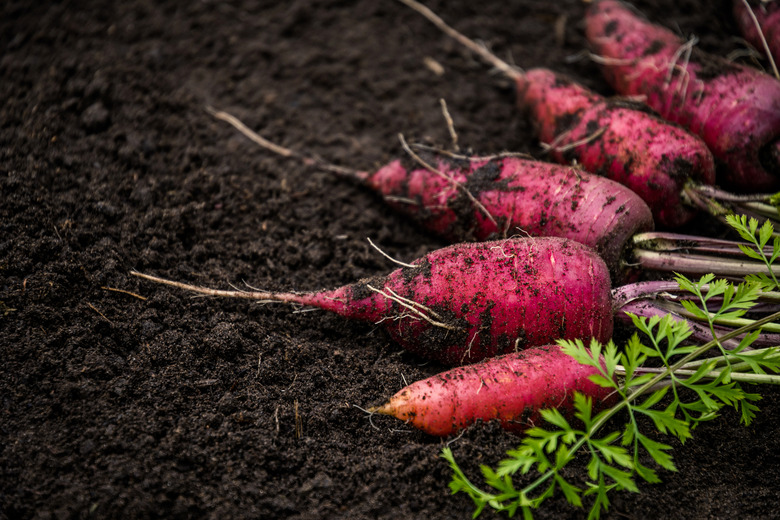Purpose Of Soil Classification
Soil is more than just dirt. Soil helps to grow food, support buildings and roads, grow forests, and provide habitat. Soil is key to life on planet Earth. But all soils aren't made equally. In fact, soils change not only from continent to continent and state to state, but also from one community to the next. The purpose of soil classification is to know what you can do and where.
Purpose of Soil Classification
Purpose of Soil Classification
There are 12 major soil classifications, according to the U.S. Department of Agriculture. These range from Alfisols, or sand, in semiarid to moist areas that make up about 10 percent of the world's ice-free land surface, to Vertisols, or clay, which contain expanding clay minerals with cracks that open and close and frequently move about in the soil. This type of clay soil makes up about 2 percent of the world's ice-free land surface.
The purpose of soil classification is to help farmers, gardeners, engineers, stormwater management experts, community planners, and many other professionals and hobbyists plan what to grow, what to build, and where to build. Soil classifications tell you a soil's texture and the ability of water to penetrate it.
Soil Mixture Types
Soil Mixture Types
Common names for soils in the soil classification system include clay, silt, loam, chalk, and peat. Most of these soils, however, are found in mixtures. Soil mixtures vary widely depending on where you live. Loamy soil typically has equal proportions of sand, silt, and clay.
A cubic foot of soil can weigh as much as 114 pounds, so it's pretty heavy. A cubic yard can actually weigh as much as a car, according to the U.S. Occupational Safety and Hazard Administration (OSHA). Knowing the type and mixture of soil you're working with, OSHA says, can help prevent a cave-in.
Soil to Grow Things
Soil to Grow Things
Knowing their fields' soil classification can help farmers decide what will grow best. Different soil types contain different amounts of acid. The soil's pH level indicates the level of acid in the soil. Some crops and plants grow better in more acidic soil, while others need soil that is less acidic or neutral.
If you aren't sure what type of soil you have, you can take a handful of your soil in a bag to your county's extension office for testing. A soil test should also let you know if you have any contaminants in your soil.
When deciding what to grow in your lawn, garden, or field, the type of soil will tell you if it is rich or poor in nutrients, if it drains quickly or slowly, and if it has peat or chalk or loam. Sandy soil, for example, is easy to till and drains quickly, but has poor nutrients. Silty soil, on the other hand, drains more quickly but retains some moisture to feed plants.
Soil for Engineering
Soil for Engineering
When building roads, planning new construction, or designing stormwater management systems, the purpose of soil classification becomes clear. Roads have been known to collapse over sinkholes, so soils are tested before construction to decide the best site for a new road. This helps to explain the importance of soil classification in civil engineering.
Engineers and geologists use the Unified Soil Classification System, which is based on the "Twelve Orders of Soil Taxonomy," to describe the texture and grain size of soil. Those categories include gravel, sand, silt, clay, and organic. They are graded according to well-graded, poorly graded, high plasticity, or low plasticity. This system comes in handy to determine soil strength and uniformity.
Stormwater management professionals use the soil classification system to determine hydrologic soil groups, which are based on the soil's runoff potential. The type of soil matters when designing a stormwater system that prevents soil from running off into nearby roads, neighboring lands, and adjacent waterways. This helps control erosion and retain the soil's fertility.
References
- University of Illinois: Soil Formation and Classification
- U.S. Department of Agriculture: The Twelve Orders of Soil Taxonomy
- Minnesota Stormwater Manual: Soil Classification
- U.S. Occupational Safety and Health Administration: Soil Classification
- Murray State University: Soil Types
- Oregon State University Extension Service: A Guide to Collecting Soil Samples for Farms and Gardens
